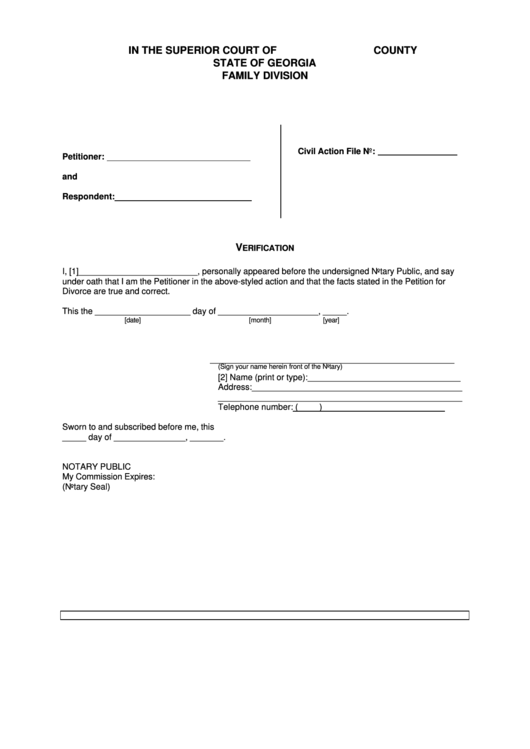Civil Court Form 3601 – If you’ve been chosen as a representative in a civil proceeding, you might need to fill out a variety of forms. You may find forms on the court’s website that you print or download or be required to print them and send them in hard copies. Online forms are also available however you must make sure that they are suitable for your situation prior to using any.
Fill in forms by filling in blanks
The Supreme Court Administrative Office (SCAO) has a large inventory of court forms that are not filled out and are organized according to the nature of the legal matter. These forms can be accessed by entering their number or name.
If you are planning to draft a legal document the first step is to find an appropriate form to meet your situation. Certain forms separate title of the case from the name of the parties.
When you fill out a form, be sure to take the time to read the instructions. In some instances you will be required to sign the form and may be required to specify the method by which documents were delivered. Keep only single-sided copies. It won’t be necessary to duplicate the documents again if you do this in the future.
Request restricted status for an electronic document
It isn’t easy to gain restricted status for an electronic civil court form. This is due to the legitimacy of the form and whether the formatting needs are met. You should always ensure you’re following the Minnesota Supreme Court regulations.
In order to file electronically the document should be readable and include a certified stamp. In addition, the document has to be handed over to the county clerk inside of an envelope correctly addressed. The documents will be inspected for authenticity in the event of any doubts.
You might need to fill out an EFCIV-23 form to inform all parties that your submission was converted into electronic filing. In exceptional circumstances, you must also serve this form with your commencement paperwork.Additionally, you must use EDDS to submit the paperwork to the court.
Original copies of exhibits.
Some countries may require that you submit a physical copy of your exhibits to the court. However, the majority of your paperwork is available online. You must provide the court a copy of any electronic files you’ve submitted.
Fill in all forms for court. Each of the fields must be filled in fully and precisely. Forms typically have empty spaces. If you have any questions regarding filling out an application, it’s an excellent idea to speak with a lawyer.
Exhibits made of hardcopy should be made available to all parties with a supporting document such as the Notice of Hard Copy Exhibit Filling. Online tools like Odyssey File and Serve and EDDS mail are a good way to serve.
The online forms may not be suitable for your needs.
You must first speak with an attorney if you wish to use court forms accessible on the internet. This will enable you to examine your options and ensure your rights. You are responsible for your legal actions if you decide not to retain legal advice. You could be liable to disciplinary actions or civil fines, including one for practicing law with no having a license.
Many courts have self-help guides on their websites. But, some don’t. The Alaska Court System, for instance, has designed specific forms. The complaint form here. An alternative kind of form is available online complaint forms.
When your form is completed Once you have it completed, you can print it out and submit it to your court. You might also find additional forms on the site of the court which are available for download. Some of these require you to use computer software. Computer programs are programmed to answer questions and collect data. Then, they create forms.


